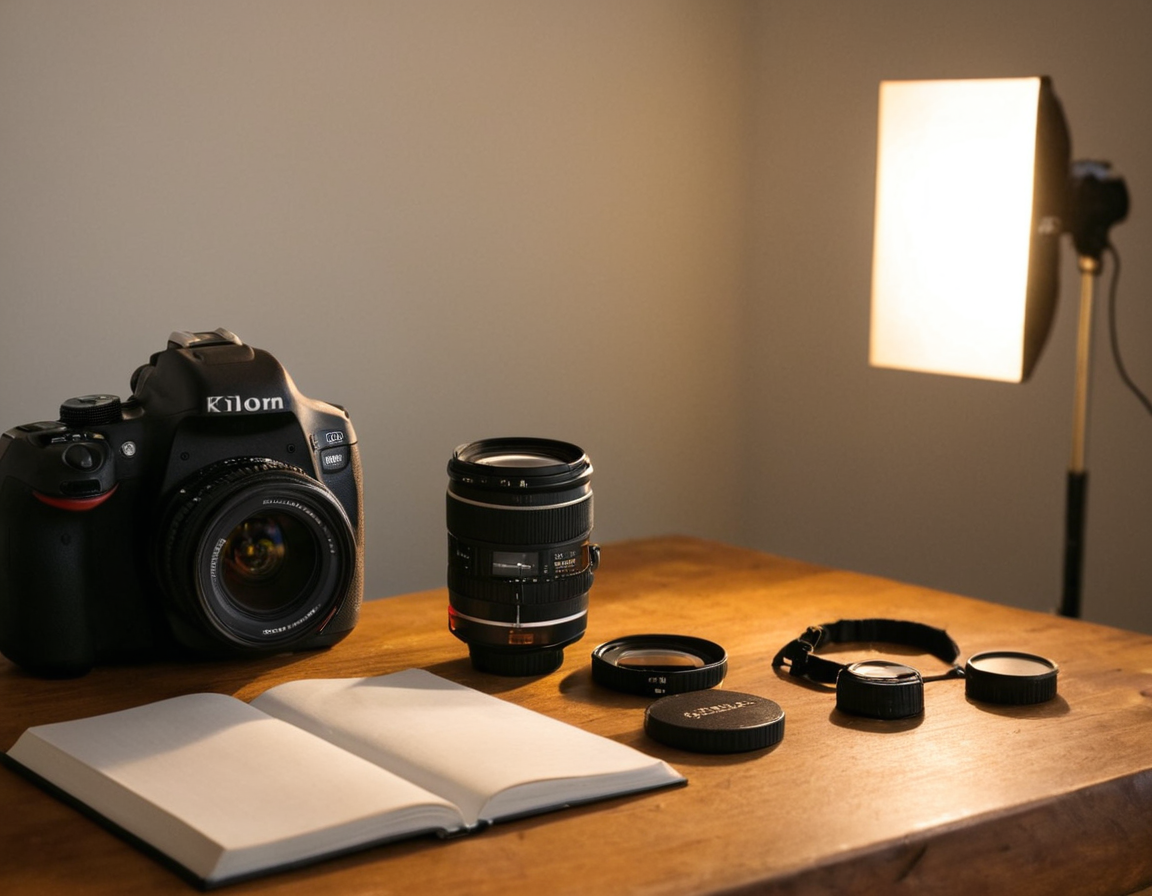Photography Basics in a Nutshell

Introduction to Understanding the Fundamentals of Photography: ISO, Shutter Speed, and Beyond
The world of photography is a vast and complex one, with numerous factors influencing the final outcome of an image. Among these elements, understanding the basics of ISO, shutter speed, and other fundamental concepts is crucial for capturing high-quality photographs. In this article, we’ll delve into the world of photography, exploring the intricacies of these technical aspects and providing practical insights to help you improve your skills.
What is Photography?
Before diving into the technical aspects, it’s essential to define what photography truly is. At its core, photography is the art of capturing light and its effects on a medium, whether that be film or digital sensors. It involves understanding the way light behaves, how to manipulate it, and using that knowledge to create visually stunning images.
Understanding ISO
ISO, or International Organization for Standardization, refers to the sensitivity of a camera’s sensor to light. In simpler terms, it controls how much light reaches the camera’s sensor. A lower ISO setting reduces noise and improves image quality in low-light conditions, while higher settings increase sensitivity but also introduce more grain and noise.
How to Choose the Right ISO
When deciding on an ISO setting, consider the following factors:
- Lighting Conditions: In bright lighting situations, a lower ISO (e.g., 100) can help reduce noise. In low-light conditions, a higher ISO (e.g., 6400) may be necessary.
- Camera Type: Some camera models are more sensitive to light than others, affecting the ISO range available.
Understanding Shutter Speed
Shutter speed refers to the length of time the camera’s shutter is open, allowing light to reach the sensor. Faster shutter speeds (e.g., 1/1000th of a second) freeze motion and create sharp images, while slower settings (e.g., 30 seconds) can produce blurred, artistic effects.
How to Choose the Right Shutter Speed
When selecting a shutter speed, keep in mind:
- Motion and Blur: Faster speeds are ideal for freezing fast-moving subjects or creating sharp images.
- Lighting Conditions: In bright conditions, use faster speeds to avoid overexposure. In low-light situations, slower speeds can help capture more light.
Additional Fundamentals
In addition to ISO and shutter speed, there are other critical elements to consider when capturing high-quality photographs:
- Aperture: Controls the amount of light that enters the lens, affecting depth of field.
- Composition: The arrangement of elements within the frame, including leading lines, symmetry, and framing.
- White Balance: Adjusting color temperature to accurately represent the lighting conditions.
Conclusion and Call to Action
Mastering ISO, shutter speed, and other fundamental concepts is just the beginning. To take your photography skills to the next level, focus on developing a deep understanding of composition, lighting, and the technical aspects that underpin each image. Practice regularly, experiment with different techniques, and continually challenge yourself to improve.
As you continue on this journey, remember that photography is not just about technical knowledge but also about artistic expression and creativity. The most compelling images often result from a combination of skill and vision.
What’s your favorite camera setting for capturing specific types of scenes? Share your experiences and insights in the comments below!
About Sarah Davis
Photography enthusiast & expert Sarah Davis helps creative photographers refine their craft through inspiring tutorials, innovative tools, and actionable tips on lentecreativa.com.
